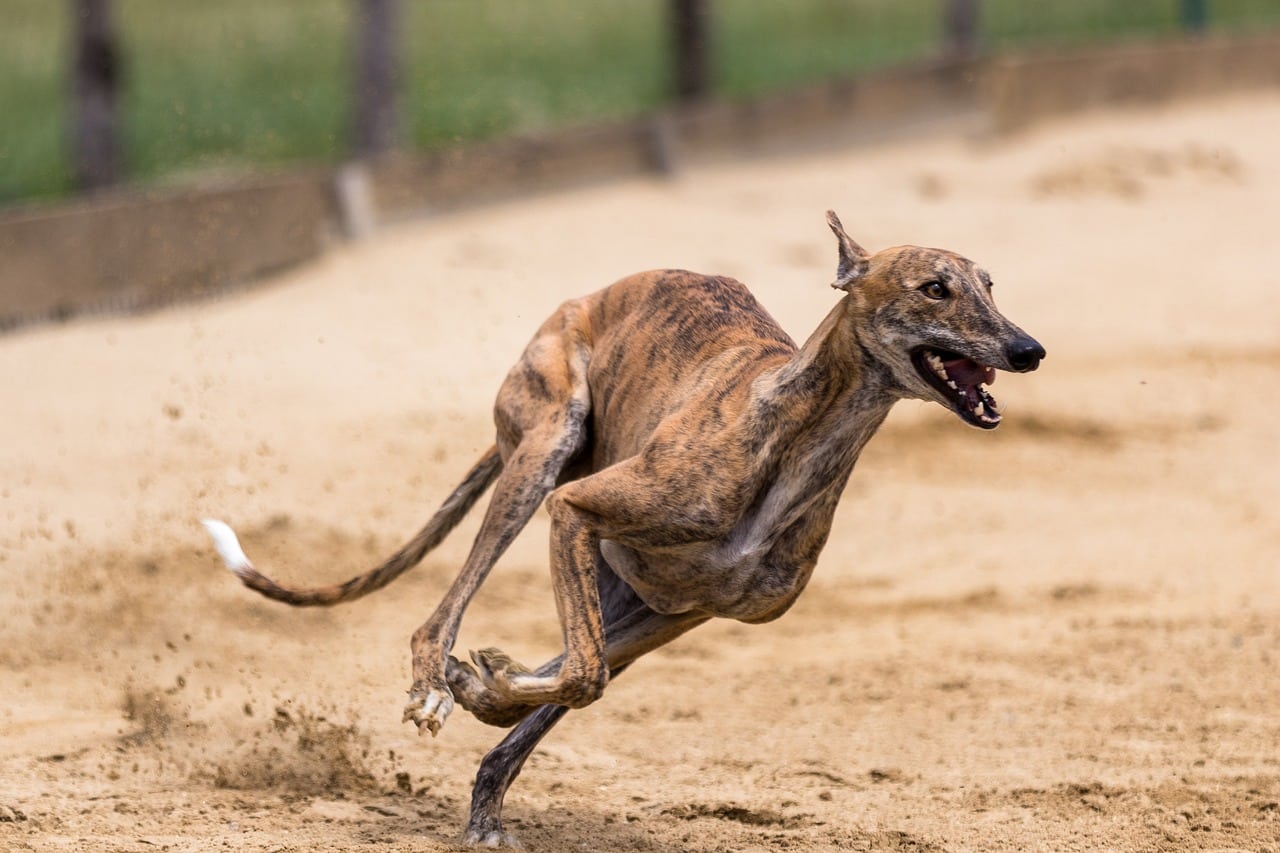 Shutterstock
Shutterstock
Some dog breeds are likelier to run away because of their strong prey drive, curious nature, or independent streak. While all dogs benefit from proper training and supervision, certain breeds are particularly prone to exploring and chasing after new sights and smells, making them notorious escape artists. For owners of these breeds, providing a secure environment and consistent training is crucial to ensure their dogs don’t roam too far. These tendencies can be challenging but managed with the right approach to keep the dog safe.
Siberian Husky
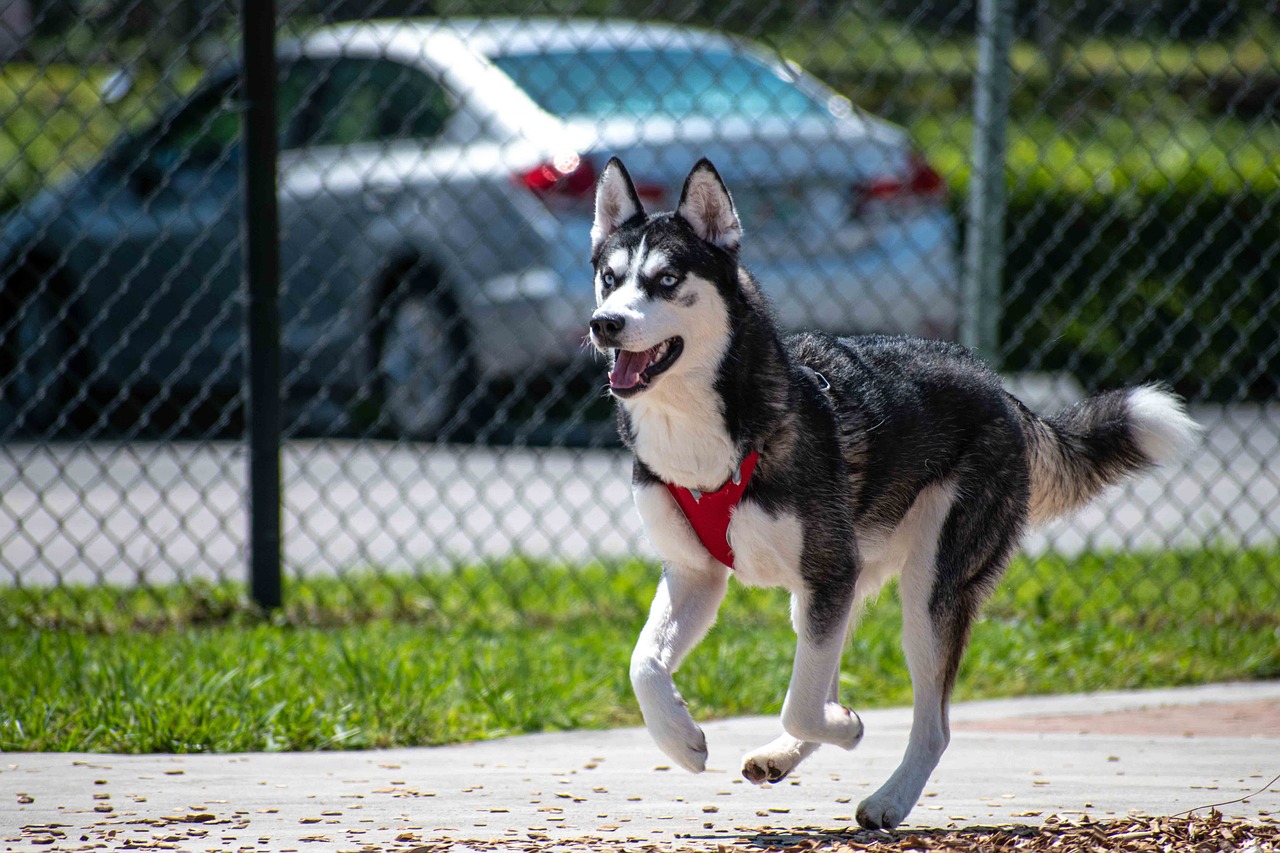 Shutterstock
Shutterstock
Siberian Huskies are well-known for their adventurous and independent nature, which can make them more likely to run away. Bred to pull sleds over long distances, Huskies have a high endurance level and a desire to explore. They are curious dogs who may chase after new smells or sights, often ignoring calls to return. Huskies are intelligent and may find ways to escape fenced yards or bolt through open doors. Their love of running and exploring requires owners to have a secure, fenced yard and to keep them on a leash during walks to prevent them from wandering off.
Beagle
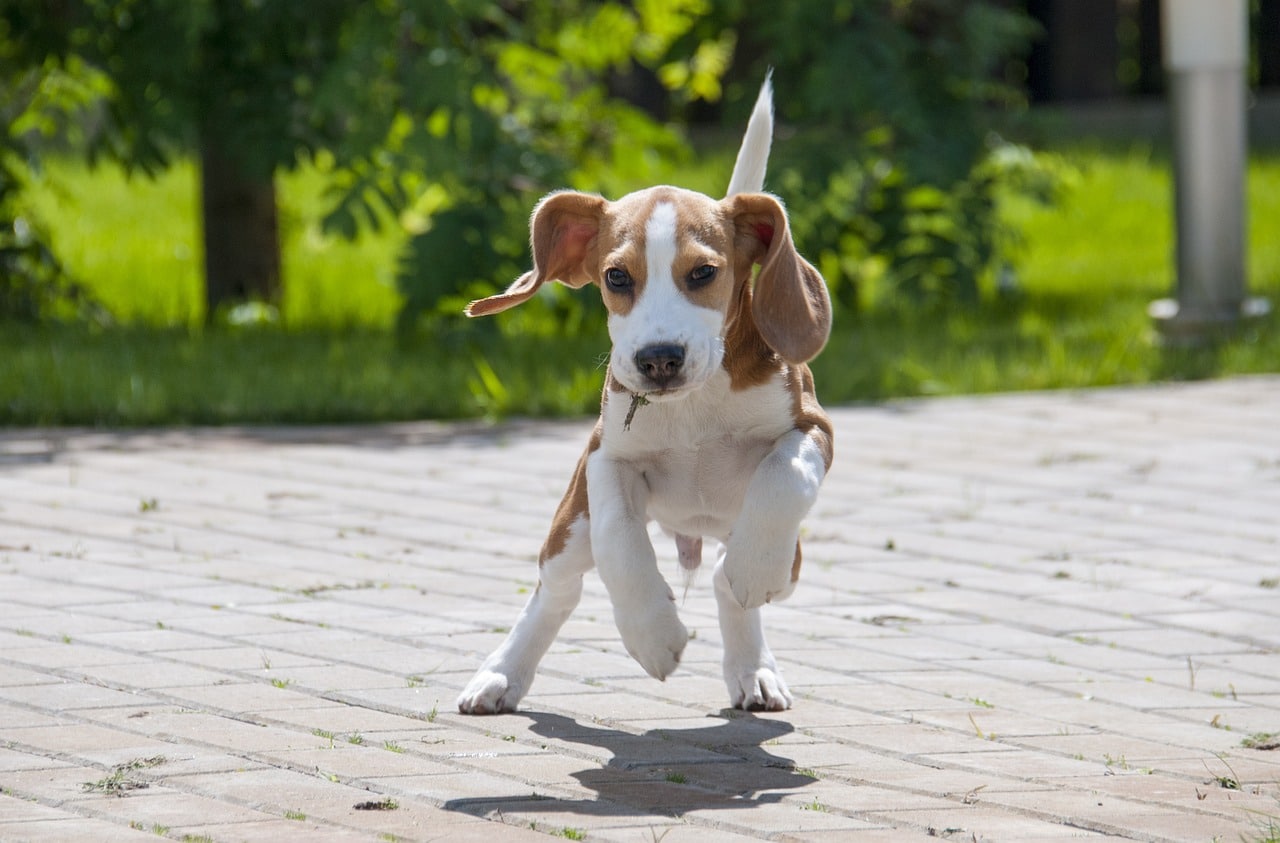 Shutterstock
Shutterstock
Beagles are scent hounds, and their powerful sense of smell drives them to follow trails without regard for where they lead. This breed’s strong hunting instincts can cause them to run off in pursuit of a scent, making them difficult to control when they’re on the trail of something interesting. Beagles may not respond to calls once focused on tracking, making it easy for them to get lost or stray too far. They require consistent training and an enclosed environment to keep their wandering noses from leading them into trouble.
Jack Russell Terrier
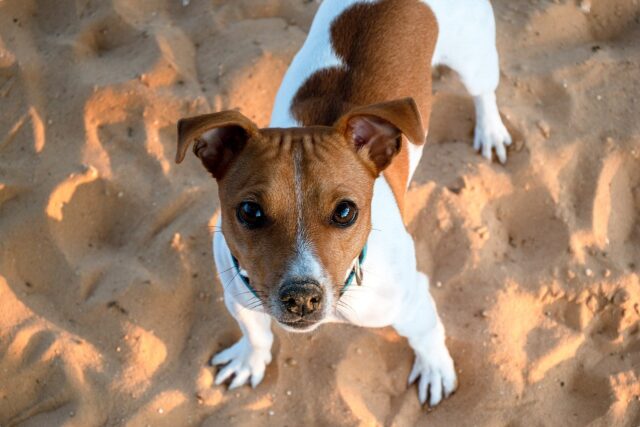 Shutterstock
Shutterstock
Jack Russell Terriers are small, energetic dogs with a strong prey drive. Bred for hunting, they have an innate desire to chase small animals, such as squirrels or rabbits. This makes them more likely to dart off after prey, especially if they see an opportunity to explore. Jack Russells are also known for their intelligence and independence, making them difficult to recall once on the run. To keep them safe, owners must provide a secure yard and ensure they are always on a leash outside.
Greyhound
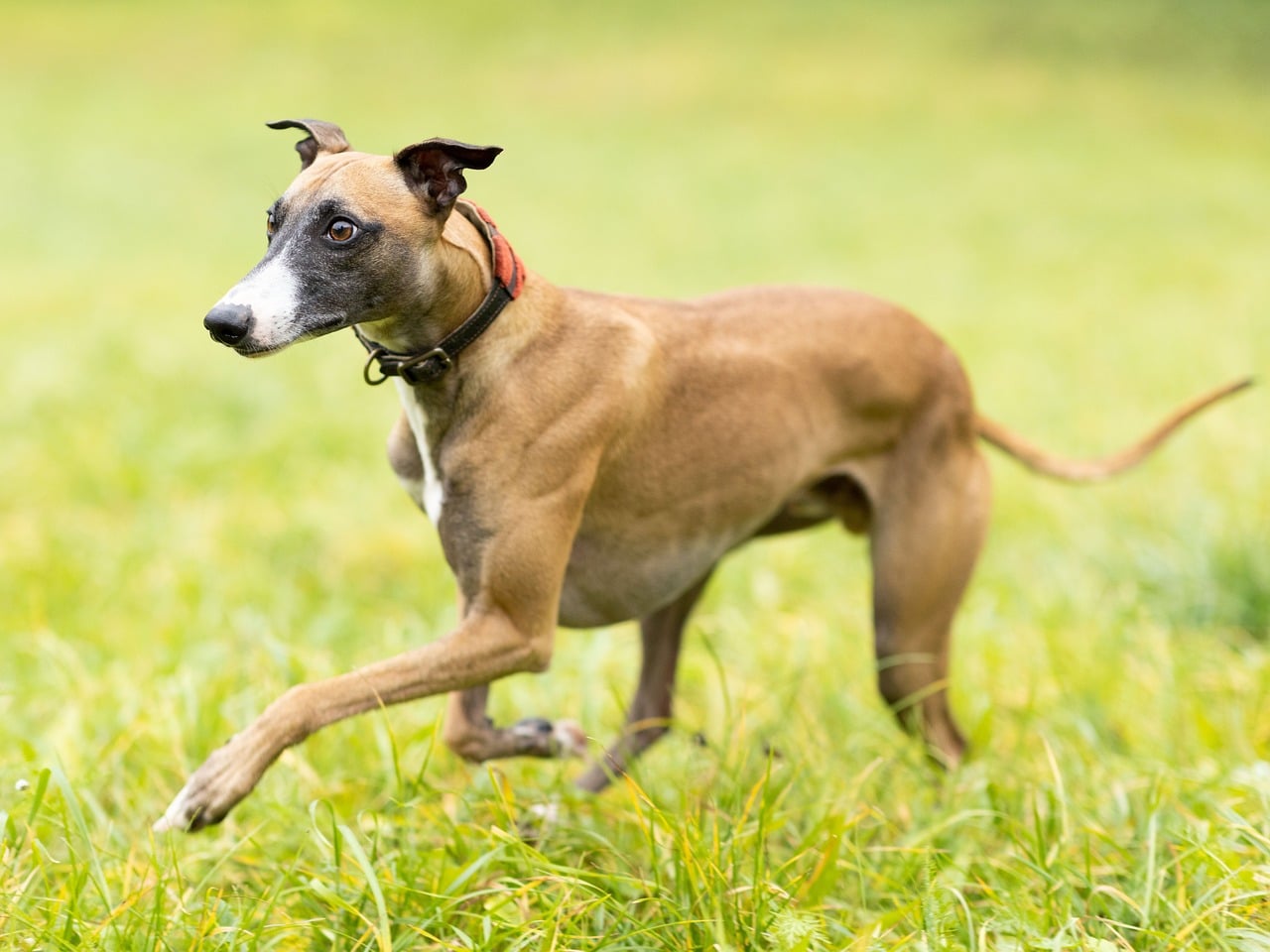 Shutterstock
Shutterstock
Greyhounds are famous for their speed, and they’re often referred to as the fastest dog breed. Their instinct to chase moving objects and incredible running ability can make them more likely to run away if they spot a small animal or are startled. Once a Greyhound starts running, it can be difficult to catch them. Although they are typically gentle and calm dogs, their chase instinct is powerful. Owners must ensure Greyhounds are kept in secure areas and exercised on a leash to prevent them from sprinting after a potential target.
Afghan Hound
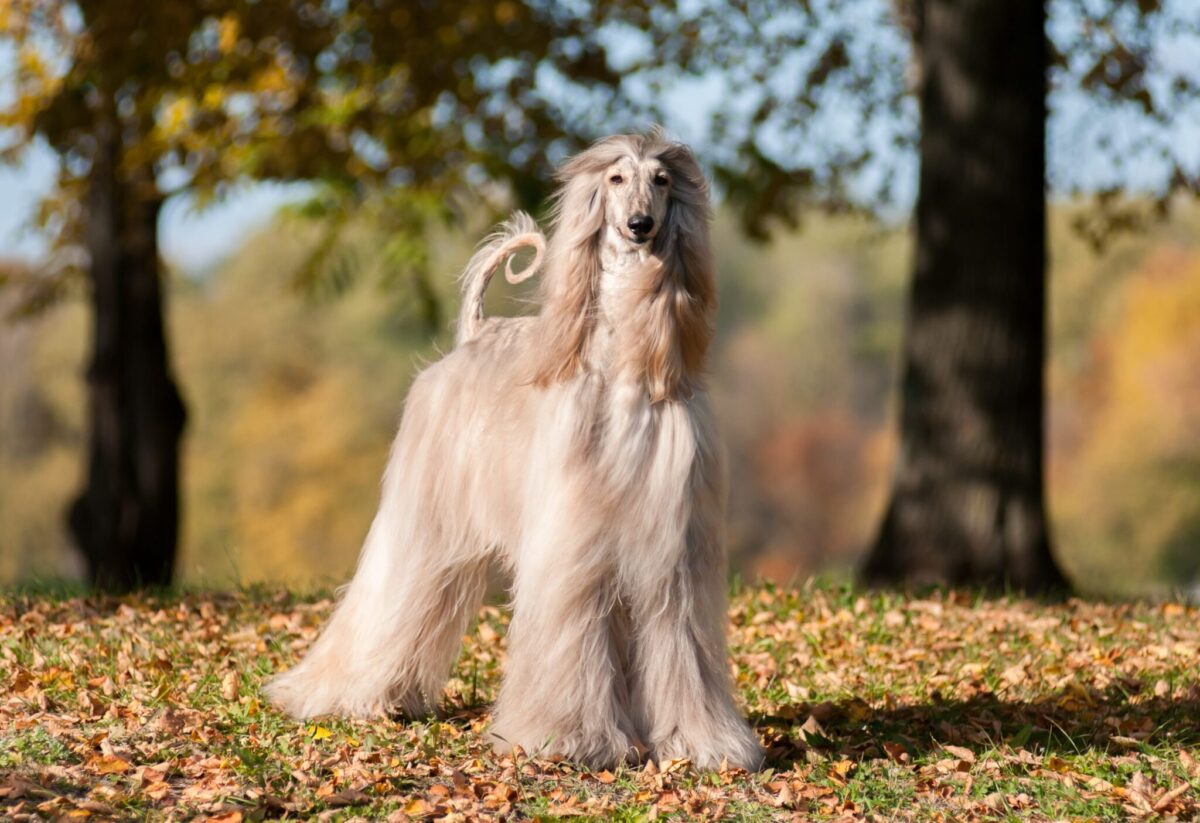 Shutterstock
Shutterstock
Afghan Hounds are elegant and independent dogs known for their aloof personality and love of running. Bred for hunting in the mountains of Afghanistan, they have a high prey drive and are easily distracted by small animals or new scents. Their independence means they may ignore commands when they’re focused on something more interesting, making them prone to running away. Afghan Hounds are also incredibly fast runners, making it difficult to catch them once they start running. A secure yard and consistent training are essential to prevent these dogs from escaping.
Australian Cattle Dog
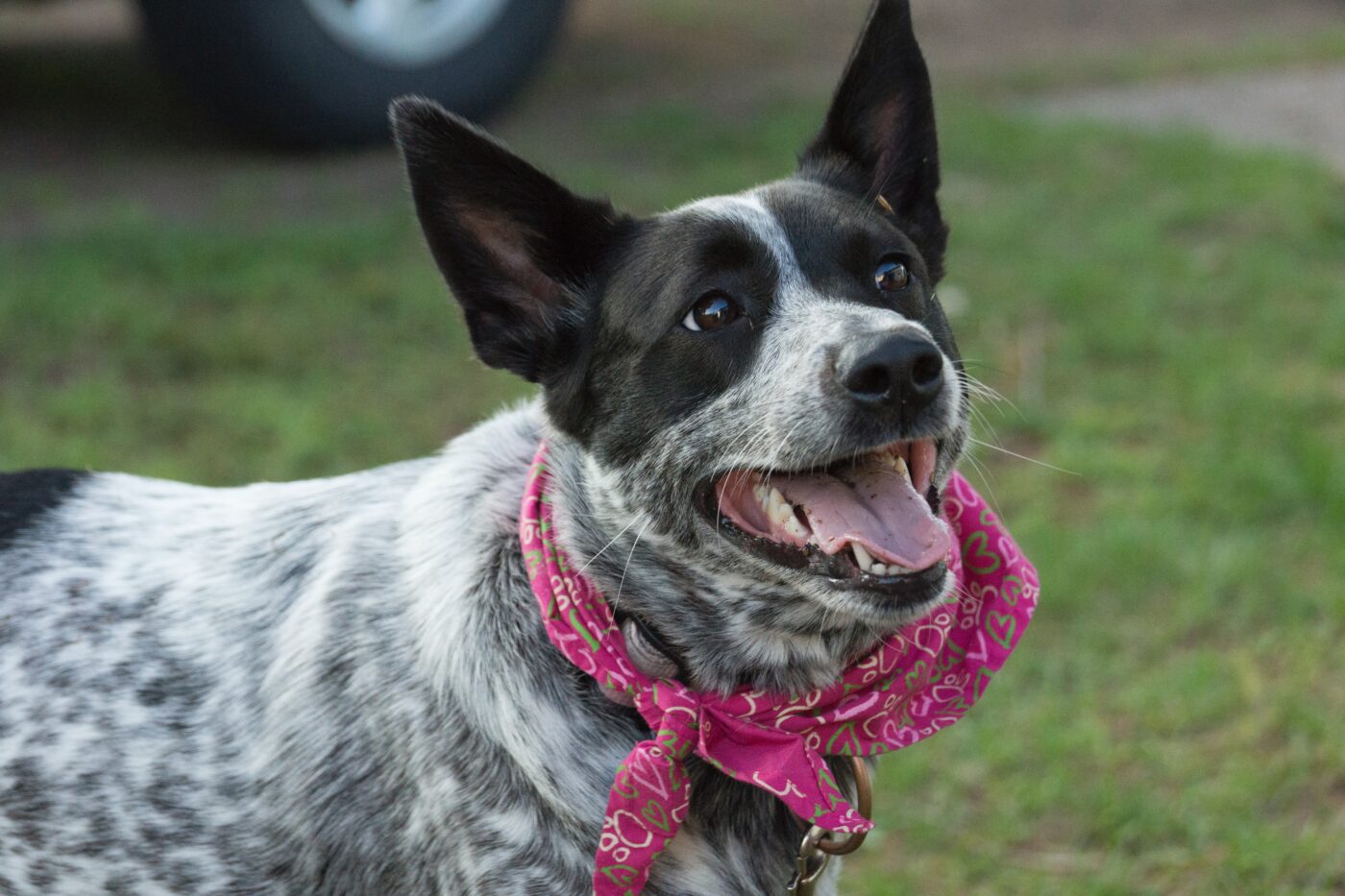 Shutterstock
Shutterstock
Australian Cattle Dogs, or Blue Heelers, are intelligent, high-energy dogs bred for herding livestock. Their strong herding instinct and high stamina can lead them to wander off, searching for work or new challenges. Australian Cattle Dogs are known for their independence and drive, which can cause them to stray if they are bored or under-stimulated. They need a lot of mental and physical exercise to stay happy and focused. Without proper stimulation, they may run off to explore or chase after something interesting. Keeping them engaged with activities and secure in a fenced yard is key to preventing them from running away.
Weimaraner
 Shutterstock
Shutterstock
Weimaraners are large, energetic dogs originally bred for hunting. Their natural hunting instincts and high energy levels can make them prone to running away, especially when they spot something worth chasing. Weimaraners are also highly intelligent and may become bored or frustrated if they’re not adequately exercised or mentally stimulated. This boredom can lead them to escape in search of adventure. Weimaraners need plenty of daily exercise and a secure environment to keep them from wandering off. Their powerful prey drive means they should always be kept on a leash during walks to prevent them from chasing after small animals.
Vizsla
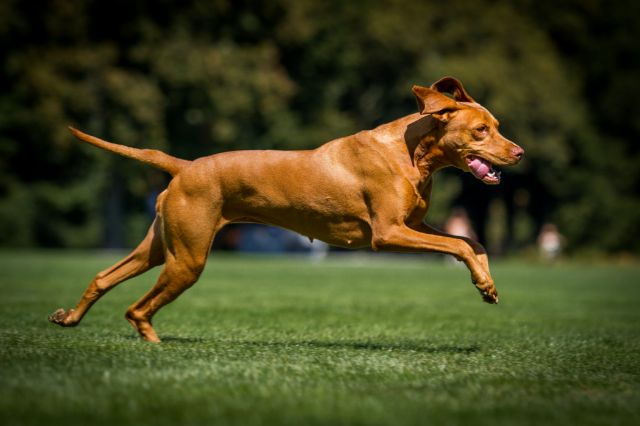 Shutterstock
Shutterstock
Vizslas are active, athletic dogs who desire to explore and stay busy. Bred as hunting dogs, they have a natural instinct to chase and follow scents, making them more likely to run away if not properly controlled. Vizslas are also known for their boundless energy, and without adequate exercise and stimulation, they can become restless and wander off in search of something to do. A secure yard and plenty of mental and physical exercise are essential to prevent Vizslas from running away or getting into trouble while exploring.
Whippet
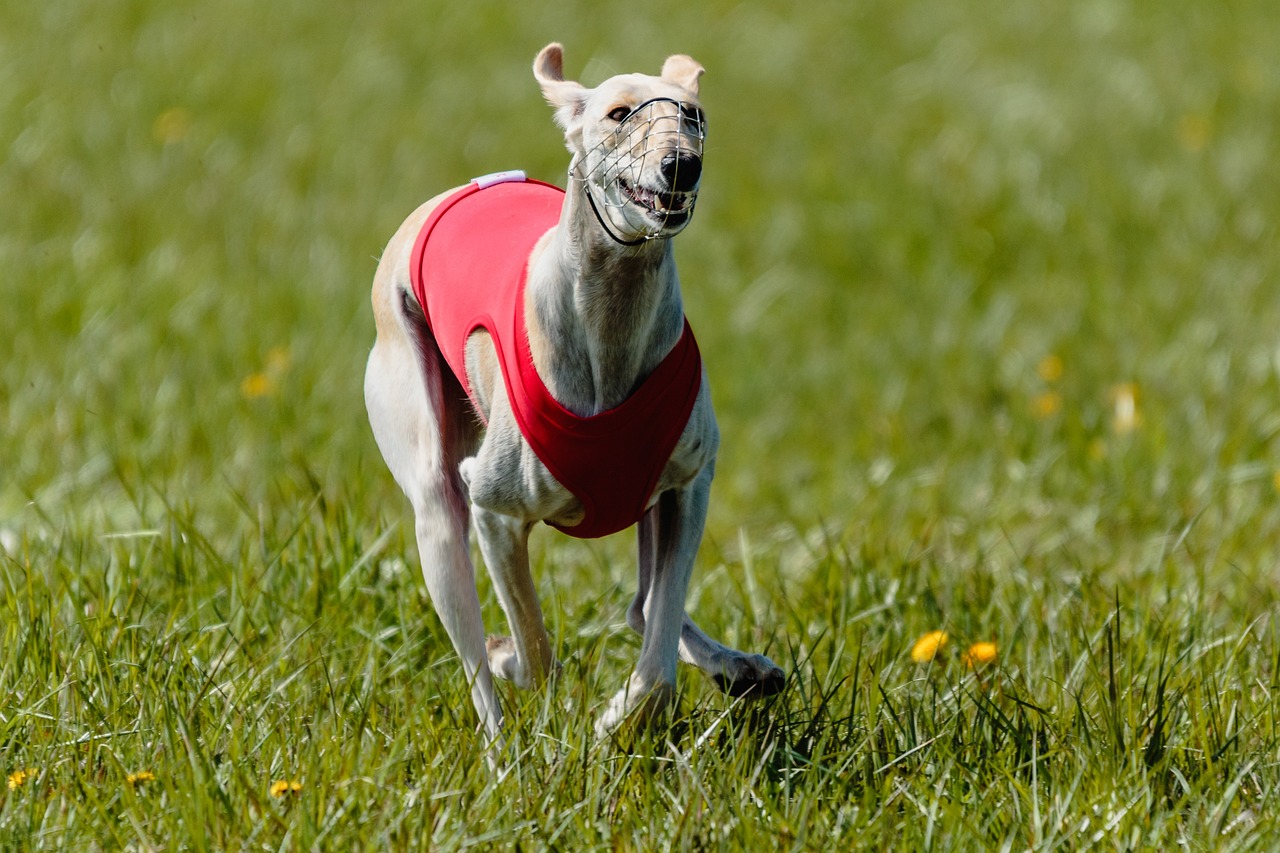 Shutterstock
Shutterstock
Whippets are similar to Greyhounds in their build and temperament, making them fast runners with a strong chase instinct. While Whippets are generally calm and affectionate, their prey drive is high, and they can easily run off after small animals or moving objects. Once they start running, their speed can make it challenging to catch them. Whippets are also known for their independence, which can make recall training difficult. They should always be kept in a secure yard and exercised on a leash to prevent them from running away. Whippets also benefit from regular physical and mental stimulation to engage their minds.
Border Collie
 Shutterstock
Shutterstock
Border Collies are known for their intelligence and energy, which makes them incredible working dogs, but it also means they can become easily bored. If they’re not mentally and physically stimulated, they might look for their own adventure by running away. Their high drive to work and explore can cause them to roam if they’re not given enough tasks, making them a flight risk in open spaces without proper supervision.
Boxer
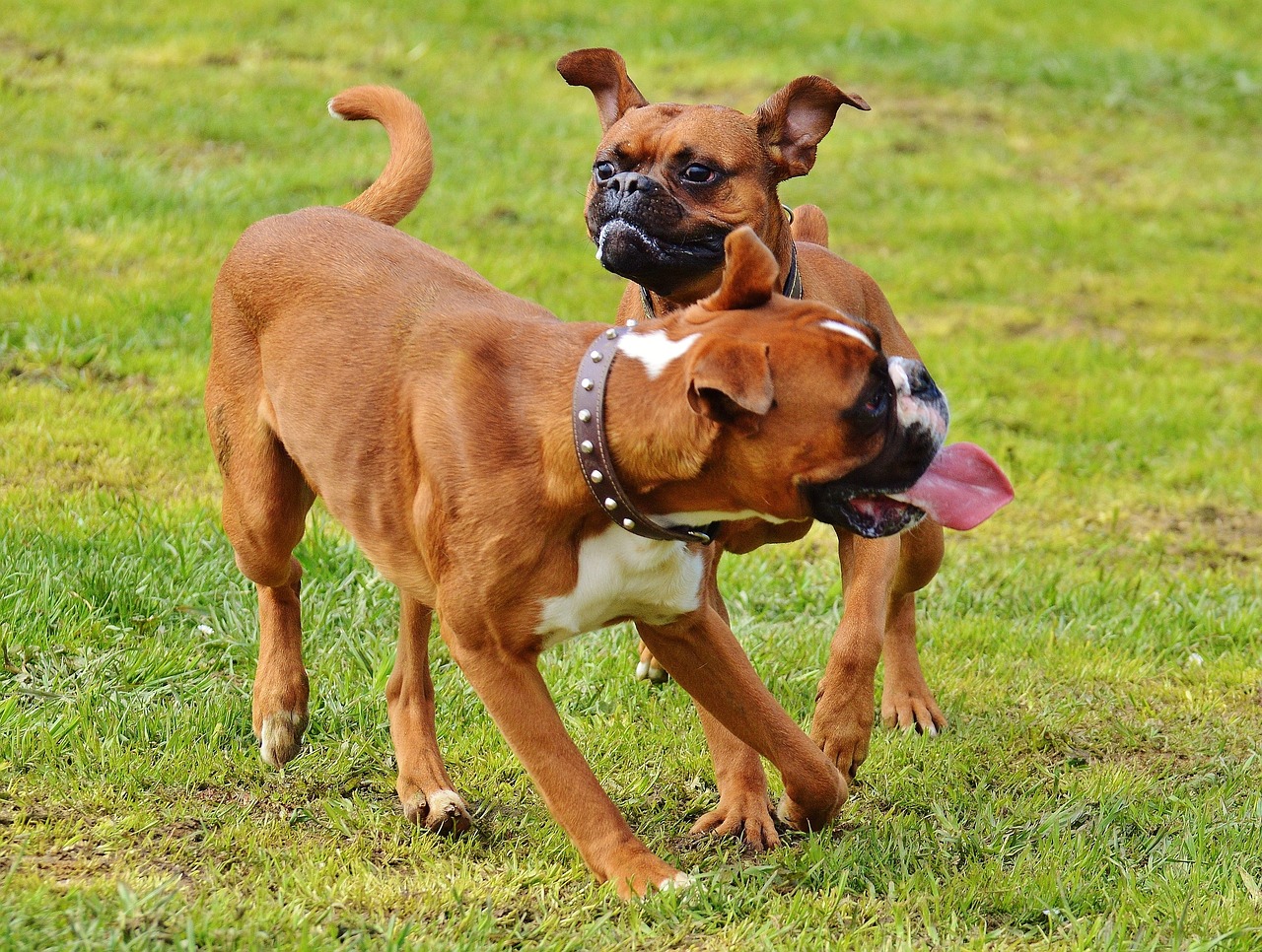 Shutterstock
Shutterstock
Boxers are energetic, playful dogs with a strong sense of curiosity. Their playful nature can sometimes lead them to chase after something that catches their eye. If not properly trained or supervised, Boxers can be tempted to run off, especially when they’re in an open area with room to explore. They are highly curious and sometimes unpredictable when it comes to following scents or pursuing interesting activities.
Dalmatian
 Shutterstock
Shutterstock
Dalmatians are known for their boundless energy and strong prey drive. As former carriage dogs, they have a natural inclination to run long distances, and they can be prone to wandering off if they catch sight of something interesting. Dalmatians are intelligent and active, so they need consistent exercise and mental stimulation to stay engaged. Without enough activity, they may look for excitement by bolting through an open gate or running away during a walk.
Labrador Retriever
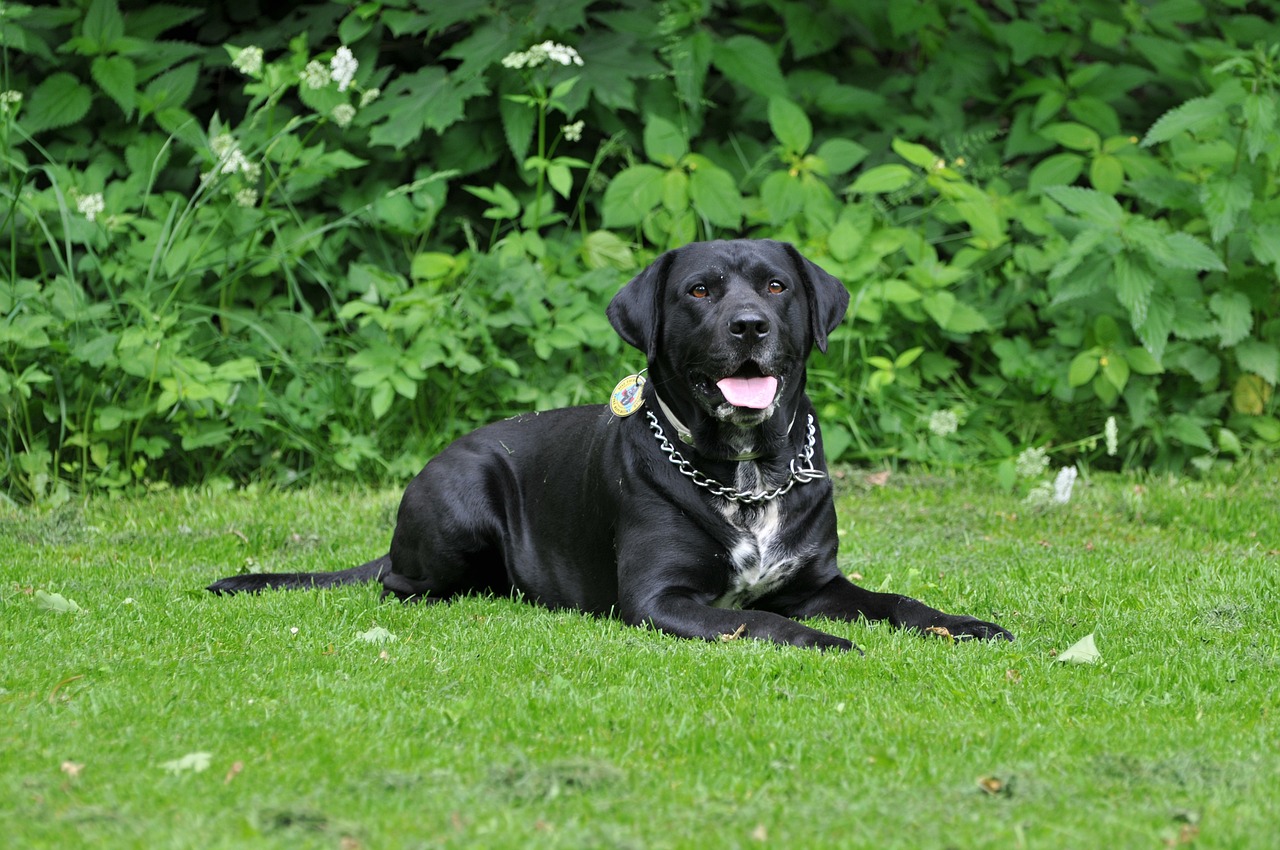 Shutterstock
Shutterstock
Labrador Retrievers are friendly, outgoing, and curious, sometimes leading them to run off in pursuit of something intriguing. Whether it’s chasing a squirrel, following a scent, or simply exploring, Labs have a tendency to wander if not properly trained or fenced in. Their friendly nature might also lead them to approach strangers or other dogs, making it important to keep them under control, especially in open spaces.
Coonhound
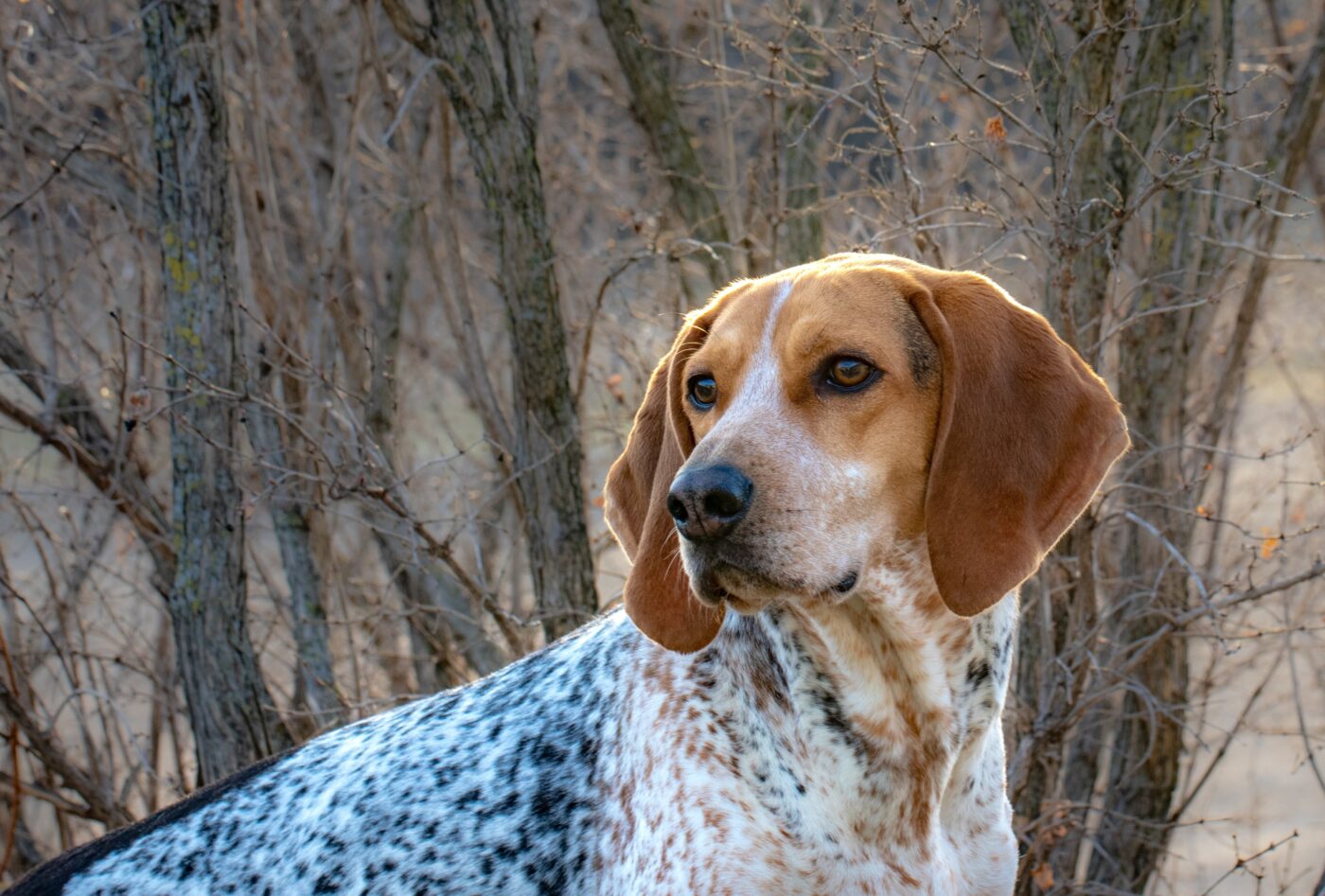 Shutterstock
Shutterstock
Coonhounds are natural hunters with a strong prey drive, which makes them more likely to run away when they catch a scent or see something worth chasing. Bred for hunting and tracking, these dogs have an excellent sense of smell and are relentless when following a trail. If not carefully supervised, Coonhounds can easily lose track of their surroundings while focused on their prey, making them prone to running away.
Belgian Malinois
 Shutterstock
Shutterstock
Belgian Malinois are intelligent and highly driven working dogs. While excellent at obedience and protection work, their intense focus and energy can make them prone to running if they’re not properly exercised or mentally stimulated. Malinois have a strong desire to work; if they don’t have a job or task, they may run off searching for something to occupy their minds and bodies. Their agility and speed make it challenging for them to catch if they decide to bolt.
American Pit Bull Terrier
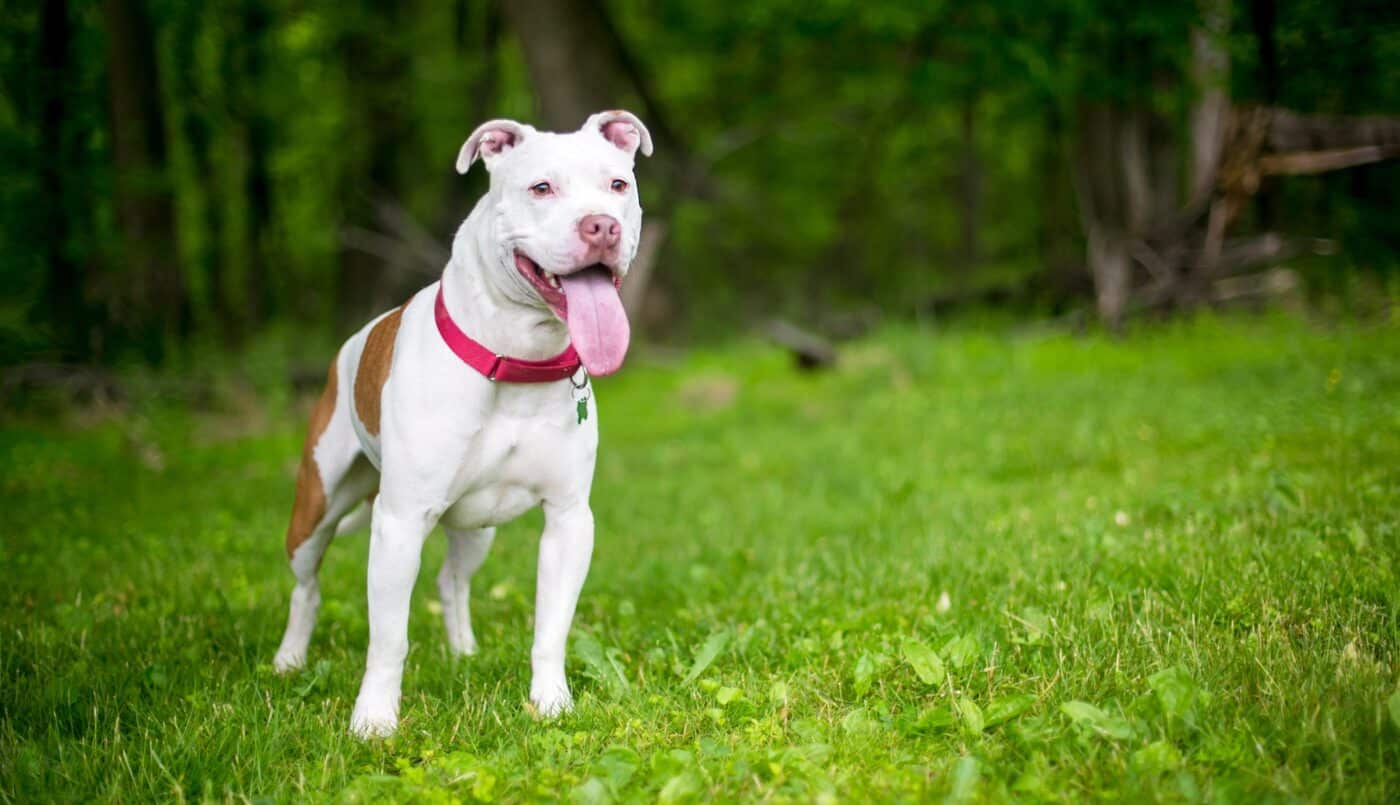 Shutterstock
Shutterstock
American Pit Bull Terriers are strong, energetic, and often quite curious. While they are loyal to their owners, their desire to explore and investigate their surroundings can sometimes lead them to run away. If they spot another animal or something that interests them, Pit Bulls can take off in pursuit, especially if they haven’t been properly trained to recall. They need plenty of exercise and attention to prevent them from becoming bored and wandering off.
Brittany Spaniel
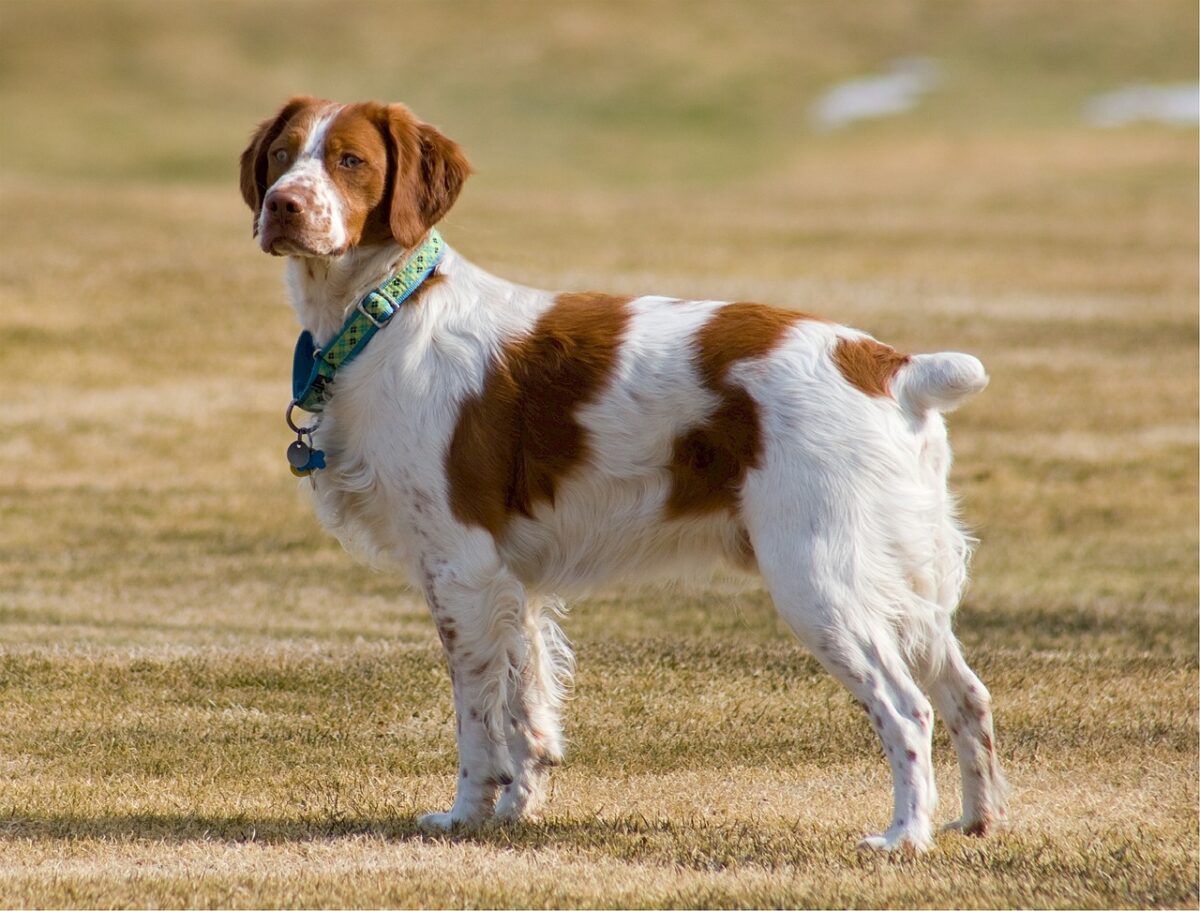 Shutterstock
Shutterstock
Brittany Spaniels are known for their high energy and love of adventure. Bred as bird dogs, they have a strong instinct to run and explore wide-open spaces. If they catch a scent or see birds flying, their natural hunting instincts may take over, leading them to run off. Brittanys require plenty of exercise and mental stimulation to keep them engaged and focused on their owners. They are likely to chase after whatever captures their interest without proper attention.
Standard Poodle
 Shutterstock
Shutterstock
While Standard Poodles are known for their intelligence and trainability, they also have a curious and independent side. Poodles are agile and quick; if they get bored or spot something interesting, they might run off in pursuit of adventure. They are also highly active and require regular exercise to satisfy their minds and bodies. Without enough stimulation, Standard Poodles may become escape artists, finding ways to explore beyond their immediate surroundings.
Shiba Inu
 Shutterstock
Shutterstock
Shiba Inus are known for their independence and strong will, which can make them prone to running away. Shibas have a natural instinct to explore and often don’t have a strong recall, making them difficult to control if they decide to take off. Their aloofness and desire for independence mean they are more likely to wander if they’re not properly contained or supervised. Shibas are also very agile, making it easy to escape from enclosures if they’re determined to explore.
Irish Setter
 Shutterstock
Shutterstock
Irish Setters are energetic and playful dogs that love to run and explore. Bred as hunting dogs, Irish Setters have a strong instinct to chase and follow scents, which can sometimes lead them to run away. Their playful nature and love of adventure make them more likely to roam without enough exercise or mental stimulation. Irish Setters need plenty of space to run; without proper supervision, they may take off in search of excitement.
Alaskan Malamute
 Shutterstock
Shutterstock
Alaskan Malamutes are strong, independent dogs naturally inclined to run and explore. Bred as sled dogs, Malamutes have incredible stamina and love to cover long distances. Malamutes are likely to wander off if not properly exercised or contained, especially if they pick up an interesting scent or see something worth chasing. Their independent nature and high energy levels make them more prone to running away, so they need a secure environment and plenty of physical activity to satisfy them.
Fast, Curious, and Always on the Move!
 Shutterstock
Shutterstock
With their independence, strong prey drives, and adventurous spirits, these breeds are likelier to run away than others. While they make excellent companions, they need consistent training, secure spaces, and plenty of exercise to manage their instincts. If you’re considering bringing one of these breeds into your home, it’s important to be prepared to meet their needs and take steps to prevent them from wandering off. With the right care, these dogs can thrive and stay safe while still enjoying their love for exploration.
 Toledo, United States.
Toledo, United States.